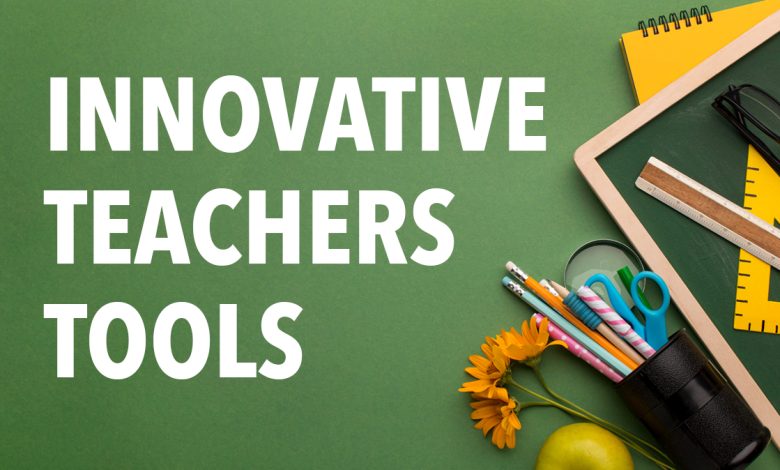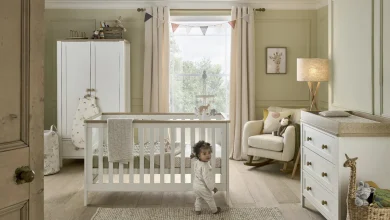
Teacher’s Toolbox: Essential Resources and Tools for Classroom Management
Classroom management is a critical aspect of effective teaching, encompassing strategies and techniques that create a positive and conducive learning environment for students. It involves establishing clear expectations, maintaining order, and addressing behavior effectively to maximize learning outcomes. In today’s diverse and dynamic classrooms, educators rely on a variety of resources and tools for teachers to support classroom management practices and promote a culture of respect, engagement, and academic success. From traditional techniques to digital solutions, this article will explore essential resources and tools that constitute a teacher’s toolbox for effective classroom management.
Understanding the Importance of Classroom Management
Classroom management is more than just maintaining discipline; it sets the tone for the entire learning experience. When classrooms are well-managed, students feel safe, supported, and motivated to learn. Effective classroom management strategies foster a positive learning environment where students can focus on academic tasks, collaborate with peers, and develop essential social and emotional skills. By establishing routines, setting clear expectations, and implementing proactive strategies, educators can create a conducive learning environment that promotes student success and well-being.
Essential Resources and Tools for Classroom Management
Classroom Rules and Expectations
Clear and consistent rules and expectations are the foundation of effective classroom management. Educators should establish rules that promote respect, responsibility, and cooperation among students. These rules should be communicated clearly and reinforced regularly to ensure understanding and compliance. Visual aids, such as posters or charts, can help reinforce classroom rules and serve as a reference for students throughout the school year.
Behavior Management Plans
Behavior management plans outline strategies for addressing disruptive behavior and promoting positive behavior in the classroom. These plans may include techniques such as positive reinforcement, redirection, and logical consequences. By establishing clear expectations and consequences for behavior, educators can create a structured and supportive environment that encourages students to make positive choices and take ownership of their actions.
Seating Arrangements
Strategic seating arrangements can help promote engagement, facilitate collaboration, and minimize distractions in the classroom. Educators should consider factors such as student personalities, learning styles, and social dynamics when arranging seating. Flexible seating options, such as group tables or comfortable seating areas, can accommodate different learning preferences and promote student autonomy and choice.
Classroom Management Software
Classroom management software provides educators with tools to monitor student behavior, track attendance, and communicate with parents. These software platforms offer features such as seating charts, behavior tracking, and messaging capabilities that streamline administrative tasks and support proactive classroom management strategies. By using classroom management software, educators can easily track student progress, communicate with stakeholders, and identify trends or patterns in behavior that may require intervention.
Positive Reinforcement Strategies
Positive reinforcement strategies encourage and reward positive behavior in the classroom, creating a supportive and encouraging learning environment. These strategies may include verbal praise, tokens or rewards, or privileges such as extra recess or classroom privileges. By recognizing and celebrating student achievements, educators can reinforce desired behaviors and motivate students to continue making positive choices.
Conflict Resolution Techniques
Conflict resolution techniques equip educators with strategies for addressing conflicts and resolving disputes effectively in the classroom. These techniques may include active listening, problem-solving skills, and mediation strategies that promote empathy, communication, and cooperation among students. By teaching students how to manage conflicts constructively, educators can promote a culture of respect, understanding, and collaboration in the classroom.
Classroom Procedures and Routines
Establishing clear procedures and routines helps create a structured and predictable learning environment that minimizes disruptions and maximizes instructional time. Educators should establish routines for activities such as transitions, morning meetings, and classroom procedures. Consistent routines provide students with a sense of stability and predictability, helping them feel safe and secure in the classroom environment.
Time Management Tools
Time management tools for teachers help educators effectively allocate instructional time, plan lessons, and prioritize tasks. These tools may include planners, calendars, or digital scheduling apps that help educators stay organized and manage their time efficiently. By effectively managing time, educators can maximize instructional opportunities, maintain momentum in the classroom, and ensure that all students have ample time to engage in meaningful learning activities.
Parent Communication Tools
Effective communication with parents is essential for supporting classroom management efforts and fostering collaboration between home and school. Parent communication tools, such as email, newsletters, or parent portals, enable educators to share updates, provide feedback, and solicit input from parents about their child’s progress and behavior. By maintaining open lines of communication with parents, educators can build trust, address concerns proactively, and work together to support student success.
Classroom Environment Enhancements
Creating a supportive and inviting classroom environment can enhance classroom management efforts and promote student engagement and well-being. Educators can enhance the physical environment by incorporating elements such as comfortable seating, flexible learning spaces, and displays of student work or achievements. Additionally, incorporating sensory tools such as fidget toys or calming corners can support students’ social-emotional needs and help them regulate their behavior and emotions effectively.
Professional Development Opportunities
Continued professional development opportunities provide educators with the knowledge, skills, and strategies they need to effectively manage their classrooms and support student success. Professional development workshops, conferences, or online courses offer opportunities for educators to learn about best practices in classroom management, behavior intervention techniques, and strategies for promoting positive student behavior. By investing in ongoing professional development, educators can stay informed about the latest research and trends in classroom management and refine their skills to meet the evolving needs of their students.
Conclusion
Effective classroom management is essential for creating a positive and supportive learning environment where students can thrive academically, socially, and emotionally. By leveraging essential resources and tools such as clear rules and expectations, behavior management plans, and positive reinforcement strategies, educators can establish a structured and conducive learning environment that promotes student engagement, collaboration, and success. Additionally, continued professional development opportunities and a supportive school community can further support educators in their efforts to effectively manage their classrooms and unlock the potential of every student. As educators continue to refine their classroom management practices and incorporate new tools and strategies into their teaching repertoire, they play a vital role in shaping the future of education and empowering students to reach their full potential.









